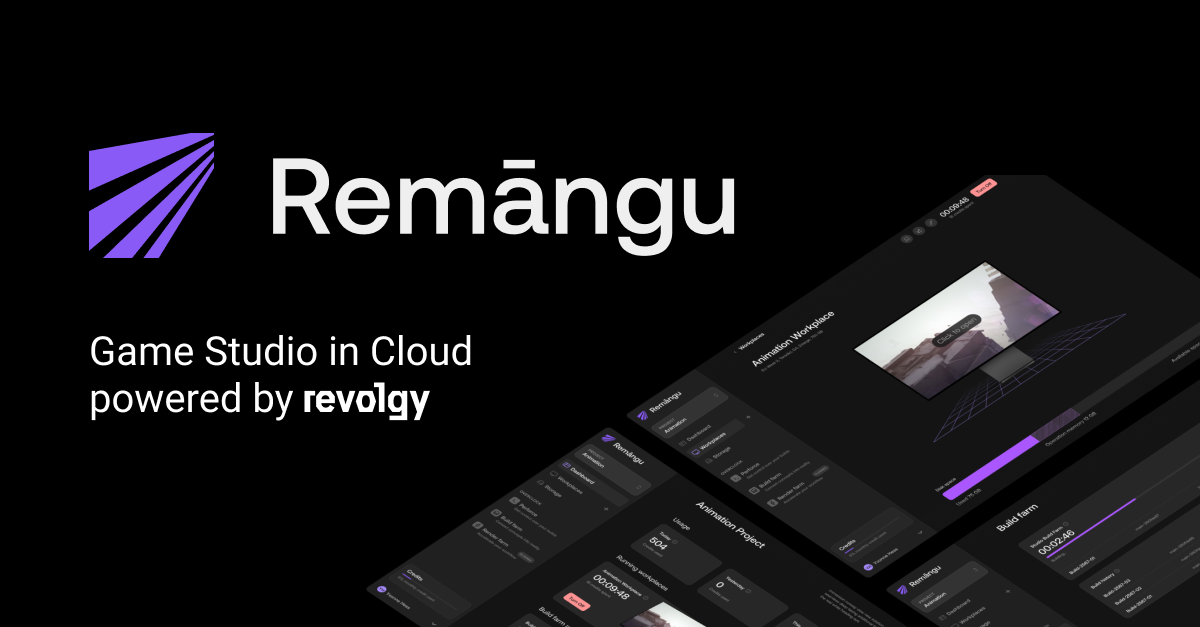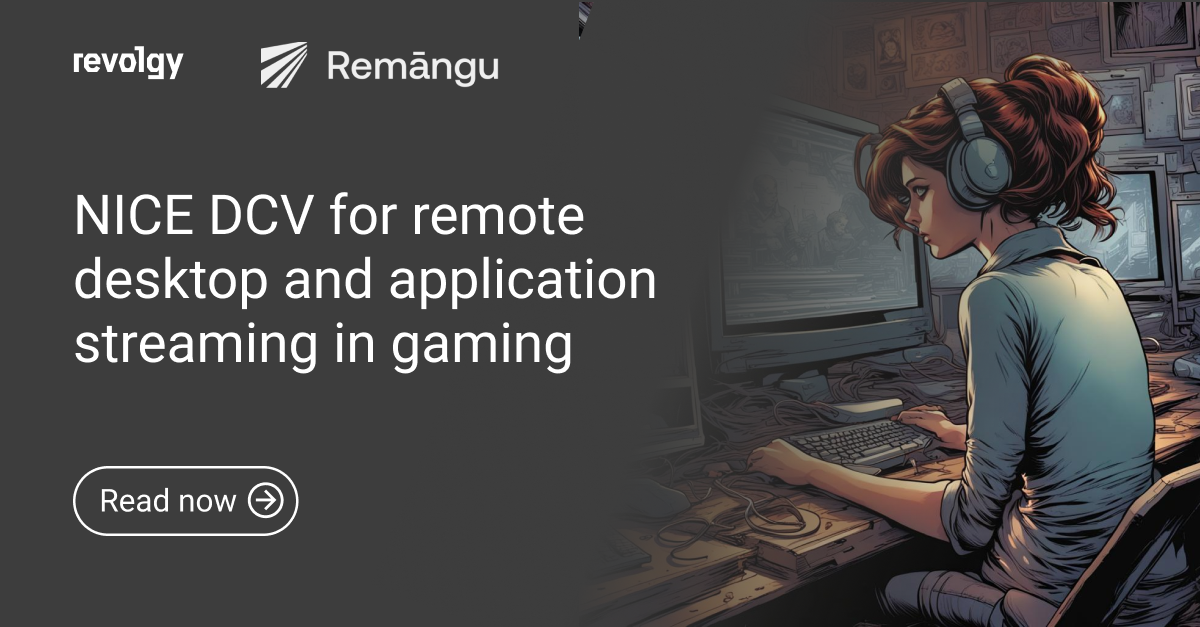Gaming
USB remotization and NICE DCV
This is a summary of NiceDCV is not just a Remote Desktop (S1:E1), originally published on LinkedIn. Read the full article here.
USB remotization is a technology that allows users to connect their local USB devices to remote hosts. This can be done by using a software application that redirects the USB traffic over the network.
NICE DCV is a software application that allows users to connect to remote workstations and use their local USB devices to interact with the applications running on those workstations, forming a key part of modern cloud solutions for remote teams. This means that users can use their preferred USB devices, such as 3D pointing devices or authentication devices, even when they are not physically at the remote workstation.
This article discusses five use cases for USB remotization:
- License dongles for licensed software running on a virtual workstation
- Custom pointing devices in 3D modeling
- Motion capture systems processing on a remote workstation
- Gamepads for development, gameplay, and playtesting
- MIDI keyboards and MIDI control surfaces for remote collaborative music composition and sound mixing
Read next: NICE DCV for remote desktop and application streaming in gaming.
FAQs
Q1: What is USB remotization?
USB remotization is a technology that allows users to connect their local USB devices to remote hosts. It works by using a software application that redirects the USB traffic over the network.
Q2: What is NICE DCV?
NICE DCV is a software application that enables users to connect to remote workstations and use their local USB devices to interact with the applications running on those workstations.
Q3: What is the main benefit of using NICE DCV?
It allows users to use their preferred local USB devices, such as 3D pointing devices or authentication devices, even when they are not physically present at the remote workstation.
Q4: What are the five use cases for USB remotization listed in the summary?
The five use cases are:
- Using license dongles for licensed software on a virtual workstation.
- Operating custom pointing devices in 3D modeling.
- Processing data from motion capture systems on a remote workstation.
- Using gamepads for development, gameplay, and playtesting.
- Connecting MIDI keyboards and control surfaces for remote music composition and sound mixing.



